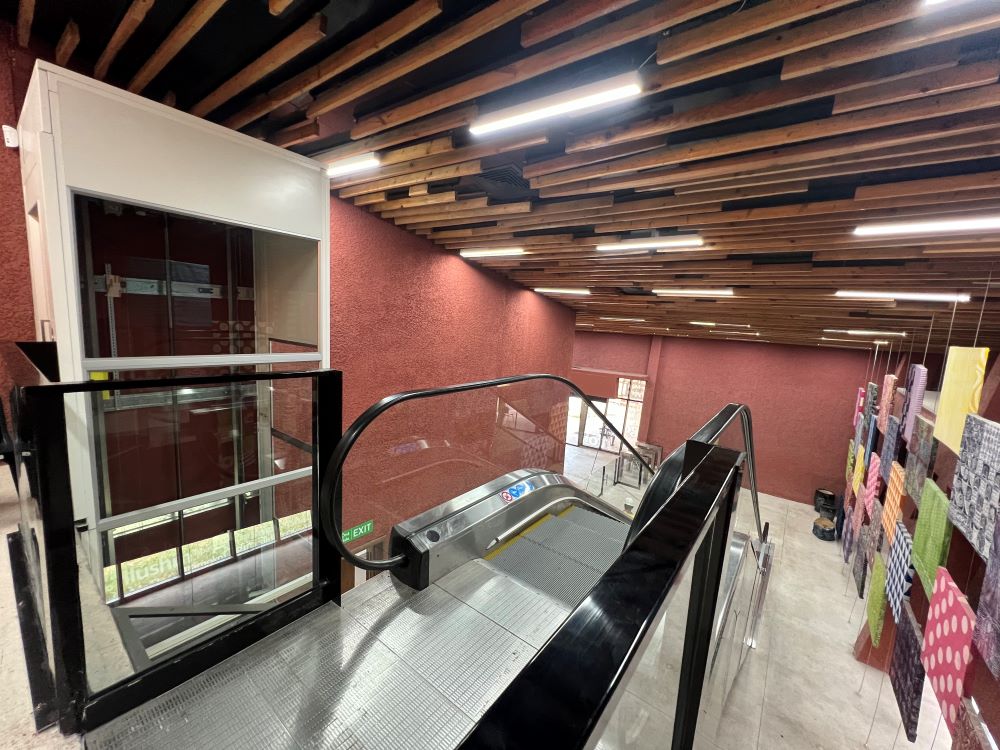The Nigerian Airspace Management Agency (NAMA) said it has secured certification for 24 newly recruited air traffic controllers.
NAMA said that the certification, by the Nigerian Civil Aviation Organization (NCAA), came after the trainees had successfully completed the necessary training and examinations on Aerodrome and Approach Control.
In a statement in Lagos, on Sunday, the Managing Director of NAMA, Capt. Fola Akinkuotu, said that the recruitment was part of the bid to boost capacity and efficiency of air traffic management in the country.
Akinkuotu said that the new air traffic controllers were currently being posted to strategic aerodromes in the country based on need.
In a similar vein, the agency has also recertified a total of 30 air traffic controllers in different categories of air traffic control, including Terminal Approach Radar, Area Procedural Control, he announced.
” We also recertified in Area Surveillance Control after passing the required proficiency/rating tests and certified mentally fit, in line with Annex 1 of the International Civil Aviation Organization (ICAO) and part II of the Nigerian Civil Aviation Regulation (NCAR),” he stated.
Akinkuotu recalled that from year 2020 to date, the agency had recertified a total of 194 air traffic controllers, in addition to their periodic training and retraining.
He added that the effort was targeted at keeping them abreast with the latest skills and technology in air traffic management, to ensure they remained globally competitive.
The NAMA chief executive also revealed that in order to reduce delays and congestion in the nation’s airspace, the agency had commenced the construction of Aerodrome and Approach Control simulators.
The ongoing facilities at the Murtala Mohammed International Airport, Lagos, as a pilot project, would later be replicated in Abuja, Kano and Port Harcourt, Akinkuotu said, while assuring that the safety of the Nigerian airspace remained a cardinal goal of the agency. He urged air traffic controllers to continue putting in their best in order to justify government’s huge investment in critical infrastructure, as well as on the capacity of personnel.






























Leave a Reply